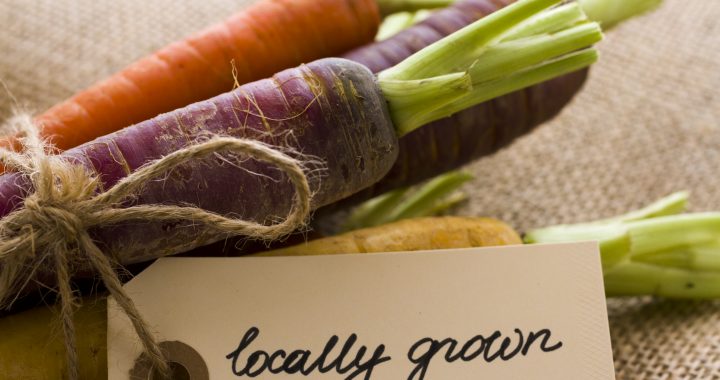IS IT NATURAL? IS IT ORGANIC?
Many Americans are asking if their food is natural. Our growing desire for a healthful diet is encouraging, however we are often asking the wrong questions when it comes to food selection. Madison Avenue seems to have keyed into the term “Natural”. We see such a diverse scope of products advertised as natural that it boggles the mind. Natural peanut butter, all natural soft drinks, natural tooth paste, natural fried foods and the list goes on and on. Natural tasting is another term we see. It means that nothing in the product is natural, but it taste like it is. Natural tasting margarine, which is hydrogenated oil, is far from being natural. Another new marketing term that will help you make the plunge into purchasing crunchy products that tend to drag down your health is the term: No Trans Fats. Since Trans Fat levels are now required on package labels, the snack food industry loves to say that their fried product has zero Trans Fats, which of course does not mean that the product has zero Trans Fats, rather the level of Trans Fats in the product is below the minimum level established by the government.
Just because something is natural does not mean it is healthy. Crude oil occurs naturally in the earth yet it does not seem too healthy. The deposit Rover left on the back lawn or the tootsie rolls Tabby leaves in the sand box are also natural. Parents often catch their children raiding the sand box due to a life of junk foods and the Standard American Diet (the SAD diet) they crave such organic deposits. WHY? They are seeking organic minerals. These children suffer from pica a disorder which causes cravings due to a gross deficiency of organic minerals. But don’t worry mom, its all natural!
The confusion over the terms organic and inorganic grows daily. We hear these expressions a lot today, but what do they really mean? Some use organic to mean not having anything artificial added. Others would say that organic means that their product has not been altered. In chemistry class we all learned that organic substances contain carbon. According to Webster, the word Inorganic is described as – Not organic; not endowed with, or subjected to, organization; devoid of an organized structure, or the structure of a living being; unorganized; thus rocks, minerals and all nonliving chemical compounds and elements are inorganic. The word organic is described as pertaining to an organ or its functions; consisting of organs or containing them; as the organic structure of the human body or of plants and herbs.
We know that plants and herbs are able to assimilate inorganic mineral matter and convert this inert and lifeless mineral into living organic material. Then, when we consume the plant or herb we are able to utilize the mineral since it has been converted from the inorganic to the organic by the plant’s cell engine. What we must understand, when attempting to improve our health by eating more naturally, is the life process of human cells cannot be sustained by any element or compound obtained directly from the inorganic kingdom. Inorganic sodium found in salt has been a concern to hypertension patients for years. Yet, it is well known that organic sodium found in celery will improve blood pressure. The inorganic has a destructive effect while the organic a beneficial one.
Incalculable injury can be done to the human organism by consuming inorganic substances, especially those elements which have been artificially made or separated from organic matter by the action of violent acids, alkalies, or reduction to ashes by burning. Iodine is an insidious poison when consumed in an inorganic state. However, organic iodine found in kelp and other marine plants supports the thyroid gland and is extremely beneficial. Cod liver oil, which is making a come back, contains 37 parts of organic iodine in 100,000 and has proven a tremendous benefit.
What then should we look for when reading food labels to insure we are consuming the organic rather than the inorganic, the truly natural rather than the artificial? The answer is a simple one: If you are reading labels you are buying the wrong foods! Let’s get back to real food. Dark green leafy vegetables like kale, spinach, Romaine lettuce do not come with ingredient labels. Herbs and spices do not have a list of preservatives. The easiest and best change someone can make to improve their health is to stop eating artificial food filled with inorganic compounds and move to consuming real organic food.

